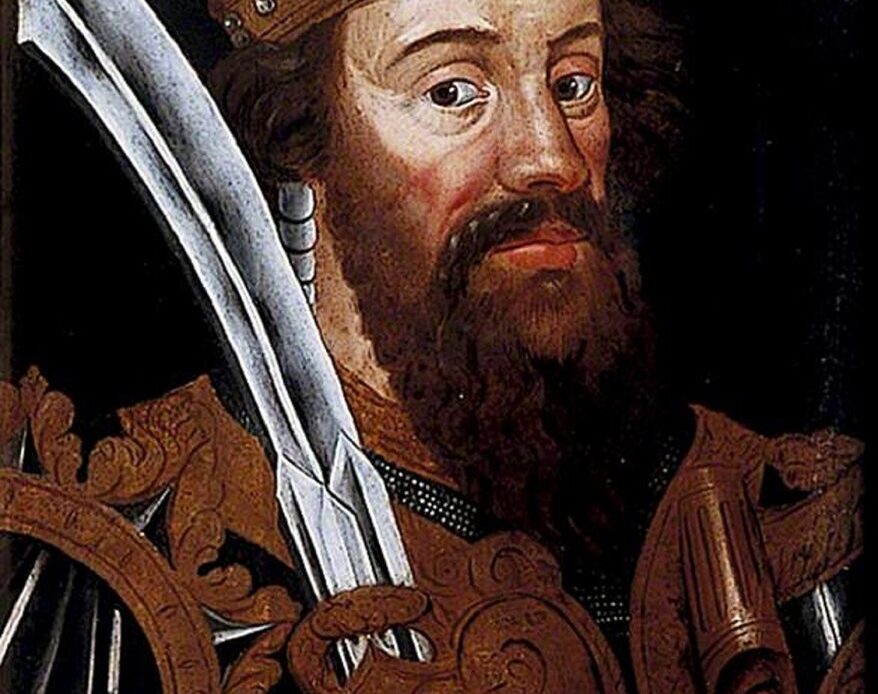
For almost a thousand years, coronation services have taken place at Westminster Abbey, in times of peace and strife. The sovereign sometimes arrives at the Abbey a popular figure; sometimes, they’re deeply unpopular.
More often than not, they’re crowned by birthright and succession. On a few occasions, they’re crowned after a battle, like the first king to reign after the Norman Conquest: William the Conqueror.
William was born in Normandy, the illegitimate son of Duke Robert I. Normally, illegitimacy was considered a bar against inheriting titles and thrones, but William was recognised as his father’s heir. When he was still under ten years of age, he succeeded as Duke of Normandy, with relatives overseeing him until he came of age.
He was a cousin of Edward the Confessor, the last Anglo-Saxon King of England and maintained that he was promised the throne upon the Confessor’s death. However, on his deathbed in 1066, Edward the Confessor named Harold Godwinson, his heir, and William prepared to fight.
William invaded England in September 1066, bringing with him Norman fighters. He defeated Harold at the Battle of Hastings in October, and on Christmas Day 1066, he was crowned King of England.
His road to the coronation was battle-strewn; he still faced military challenges after defeating Harold. But his coronation ceremony was the first to be held in Westminster Abbey, beginning a tradition that still persists almost 1,000 years later.
The Abbey’s website says there is no documented history of why William chose its location—previous coronations took place at Winchester Cathedral—but they speculate that it was to strengthen his claim and association with Edward the Confessor, who’d built the Abbey.
William’s coronation ceremony was performed by the Archbishop of York, Aldred, instead of the Archbishop of Canterbury, and, following established precedent, was performed in English. The Normans, who spoke French, were informed of what was happening by the translations of Bishop Geoffrey of Coutances.
The translation did not extend outside the Abbey, however, because all the cacophony inside startled the Norman guards outside into thinking that William was being assassinated. They started to riot and set fire to nearby houses, and despite many congregants running out of the smoked-filled Abbey mid-ceremony, William and the bishops carried on.
According to the Royal Family’s website, “At his coronation, William promised to uphold existing laws and customs. The Anglo-Saxon shire courts and ‘hundred’ courts (which administered defence and tax, as well as justice matters) remained intact, as did regional variations and private Anglo-Saxon jurisdictions.”
He would divide his time during his 20-year reign shoring up support in England and maintaining his control of Normandy. He died in 1087, making his eldest son, Robert, the Duke of Normandy while a younger son, William Rufus, was made King of England. However, it was his youngest son who would ultimately control the powerful network of realms he had established. Henry would become both King of England and Duke of Normandy in time. However, on his father’s death, he was bequeathed 5,000 pounds of silver.

